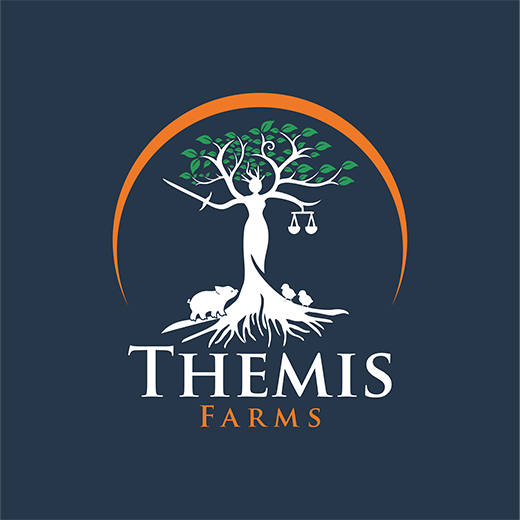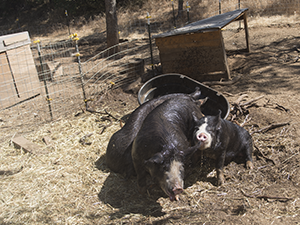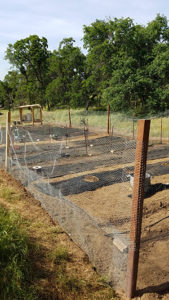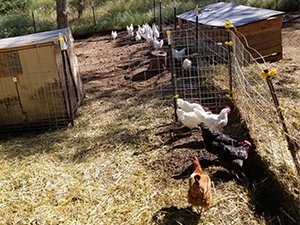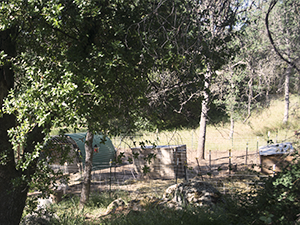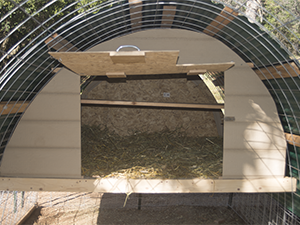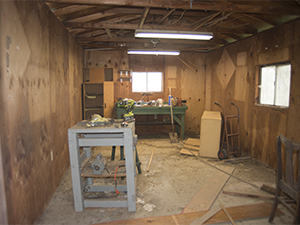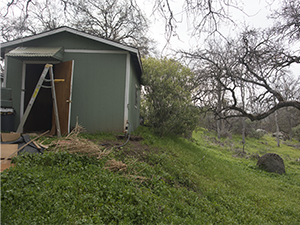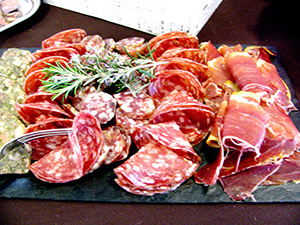
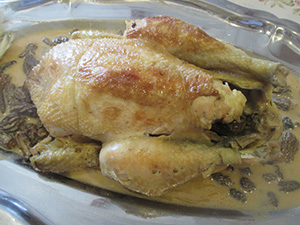
Benefits of a Carnivore Diet
It’s no secret that we raise pigs and chickens so that we can eat humanely raised, pastured pork and poultry. Our mantra when we must make tough decisions is “this is a farm, not a zoo.”
A good friend and neighbor in our farming community swears by the carnivore diet. He has lost a ton of weight by following it. So, we wanted to share the benefits he let us know about the carnivore diet.
In a nutshell, the carnivore diet high fat, high protein, and low carb. It consists mainly of animal products. No grains, no vegetables, no fruit, no sugar.
With just a quick Internet search, we learned the carnivore diet may help to:
- balance the microbiome
- stop autoimmune reactions
- lose unneeded fat and gain muscle and lean body mass
- increase insulin sensitivity and lower blood glucose levels
- feed our brain and improve our mood
The carnivore diet is made up of easily absorbed, bio-available nutrients. Following a strict carnivore diet by consuming nose-to-tail (organ meat, not just muscle meat) helps boost the nutrient density. And our stomach acid is highly acidic and very good at getting the nutrients out of meat. These nutrients flood your body with the building blocks needed to do its own repair of your brain, joints, muscles, and blood cells.
(Plant foods, on the other hand, contain anti-nutrients, as well as nutrients. This is a separate topic which deserves its own blog.)
What About Fiber?
Here’s another myth busted about the no-fiber carnivore diet. Fiber can be bad for people with digestive problems. We were surprised to learn that when a no-fiber diet is consumed, digestion may be improved. Studies of people with IBS, constipation, diarrhea, and other digestive issues show either complete elimination or huge improvement when fiber is greatly reduced or eliminated. https://www.ncbi.nlm.nih.gov/pmc/articles/PMC3435786/
Another benefit is the magical state called ketosis which is all the rage these days. Basically, when our body is running on fat, not carbs, we are providing our brain with ketones instead of glucose. Ketosis is the metabolic process of using fat, specifically ketones, as the primary source of energy instead of carbohydrates. This is another topic that requires much more than a paragraph to explain. But the bottom line for most of us is that on the carnivore diet you can lose a lot of weight and gain muscle mass.
As we thought about and researched the carnivore diet, the benefits seemed endless. The main thing we will leave you with is this: It’s far better to consume humanely raised meats, without all the nitrates, arsenic, and other additives, than factory-farmed meats processed at slaughterhouses.
Enjoy a tasty charcuterie platter and a side of chicken breast tonight. 🙂
